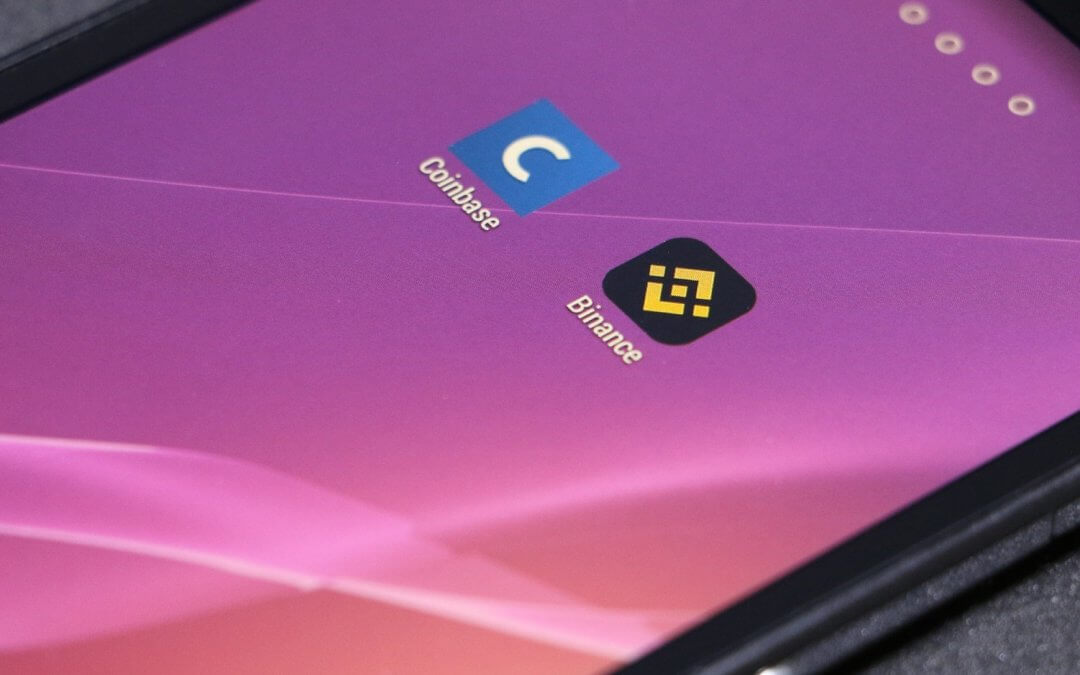If you are interested in finding new ways to invest in the market, then you might want to know more about the process of ‘staking’. Staking is essentially the ‘mining’ of networks using the PoS (Proof-of-Stake) consensus model, meaning that it is used for validating transactions. Investors can stake their holdings (lock them up for a certain amount of time) to forge new blocks on the blockchain. This way transactions are validated, with the provider receiving rewards proportionate to their participation. In this article, we will describe how staking works, which are the most popular staking coins and tokens, and how you can potentially take advantage of this type of investment yourself.
What is transaction validation & the essence of different consensus models
Before we go deeper into explaining the process of ‘staking’, we must first understand how blockchain consensus models work. To make things more understandable, we can make an analog to the banking system.
When, for example, you are depositing your assets into a bank, you are essentially entrusting the entity with managing your money and securely investing it. Subsequently, the bank lends the funds at its disposal, makes a profit, and takes a certain percentage of it as a fee. In this case, the bank serves as a trusted institution, which both parties (lenders and borrowers) agree to use as a validator of their transactions.
As blockchain uses a peer-to-peer financial model, there are no centralized intermediaries. The only way the network could be trusted and transactions could be verified is through a community-based consensus model, in which holders are directly involved. At present, there are 2 major decentralized consensus mechanisms, which blockchains are built on – Proof-of-Work (PoW) and Proof-of-Stake (PoS).
Proof-of-Work is the oldest consensus mechanism that requires the participants of a network to expend resources in order to solve computer-based mathematical puzzles. This process is also known as ‘mining’. The rewards given to contributors are estimated on the length of the process and the Hash power of their computing equipment.
Proof-of-Stake is an alternative to PoW, which uses holders’ funds to verify transactions. The tokens staked are frozen and used as assurance of value, thus rendering the transaction valid and proceeding with the allocation of the digital assets.
How to stake your tokens and receive interest?

To better facilitate the process of staking, think about it as similar to depositing money into your savings account. While the funds are in the bank, they are essentially ‘locked up’ and unavailable for withdrawal. At the same time, the bank (in this case the consensus model) provides you with interest on your initial deposit, proportionate to the amount of funds and the length of the investment.
The main difference between traditional deposits and staking crypto-assets is the conditions under which the returns are determined. When staking crypto, you should pre-set the period for which your assets will be locked. The standard options are 15, 30, 60, 90, or 180 days (the longer you stake, the bigger ROI percentage that you receive).
If you are not too familiar with staking but wish to try it out, choosing a cryptocurrency platform (an exchange or a crypto’s main website) through which you could stake might save you some time and effort. Otherwise, you will need to create a validator node yourself and take responsibility for the potential risks associated with not staking through an established provider.
To start staking, you must first decide on a token or a coin to invest in and choose where and for how long you want to lock up your funds. You can do that by conducting research on the market and finding an asset, which you think will be sustainable in the long term. After that, you are required to purchase at least the minimum amount of coins or tokens for participation and finish the process through the platform that you have chosen.
.
Popular types of staking coins and tokens
Some of the more widely-used coins and tokens for staking include XTZ, ETH, VET, and others. The potential APY for each of them and the conditions for staking are as follows:
Ethereum: As one of the leading cryptocurrencies on the market, Ethereum is a much-preferred option for staking throughout the crypto community. Annual yields for Eth 2.0 are currently estimated by experts at between 5 and 8%. To stake Ethereum, you are required to have at least 32 Eth at your disposal.
Tezos: The Tezos network’s native token, XTZ, is the single-most staked cryptocurrency globally. With an annual yield of around 6%, you can choose from a number of validators to whom to delegate your tokens. One benefit of Tezos is that the deposited assets are completely liquid, so you will have the opportunity of moving them at any time without delay.
VeChain: VeChain is a solution that operates in the supply chain industry in collaboration with various enterprises. As the second most popular staking coin, experts suggest that the average APY for staking VET comes between 1.5-3%.
Conclusion
Staking is one of the most popular types of investment among cryptocurrency holders. While it is still highly reliant on the volatility of the market and the price fluctuation of the particular coin or token, it is still a much-preferred option for many people looking for long-term opportunities. If you are interested in buying and staking a cryptocurrency, there are many platforms that will currently allow you to do that with just a few clicks. Make sure that you choose your provider carefully and see that you have conducted thorough market research before you begin your activities.
Nothing on this website should be perceived as financial, investment or trading advice. We urge you to do your own research prior to investing and we highly recommend that you consult a certified financial advisor.







0 Comments